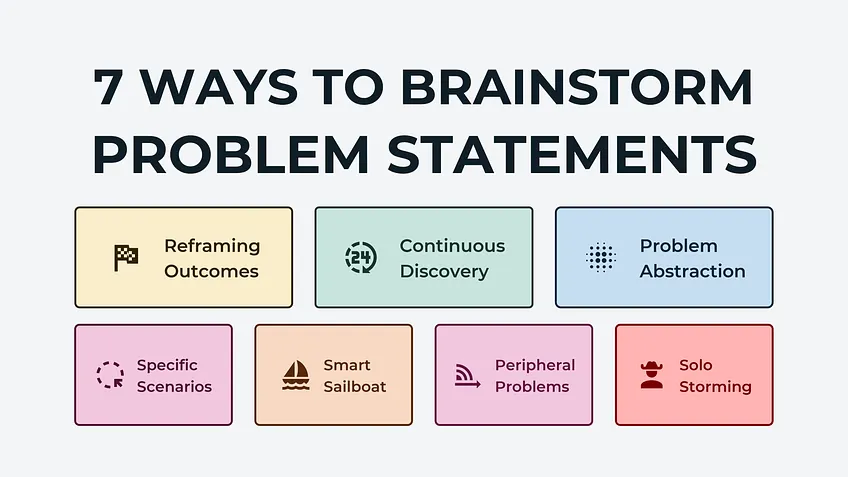Problem Statement
What is a Problem Statement?
Definition:
A problem statement is a concise and clear description of an issue that needs to be addressed or a challenge that needs to be resolved. It serves as a foundation for problem-solving, guiding efforts to understand, analyze, and develop solutions. A well-crafted problem statement defines the scope of the problem, its impact, and the desired outcomes, providing a roadmap for effective problem resolution.
Analogy:
Consider a problem statement as the diagnosis in a medical scenario. Just as a doctor identifies and describes a patient’s health issue before prescribing treatment, a problem statement defines and outlines the problem before proposing solutions.
Further Description:
A well-formulated problem statement typically includes the following components:
Problem Definition: Clearly articulate the problem or challenge in a succinct manner, avoiding jargon and ensuring clarity for a diverse audience.
Scope: Define the boundaries of the problem to prevent ambiguity and guide the focus of problem-solving efforts.
Impact Assessment: Describe the potential consequences and impact of the problem on stakeholders, processes, or outcomes to highlight its significance.
Objectives: Specify the desired outcomes or goals that solving the problem will achieve, providing a basis for measuring success.
Context: Provide relevant background information to help stakeholders understand the context and factors contributing to the problem.
Stakeholders: Identify and acknowledge the individuals or groups affected by the problem, ensuring their perspectives are considered in the problem-solving process.
Why is a Problem Statement Important?
Focus and Direction: A well-defined problem statement provides a clear focus and direction for problem-solving efforts, preventing aimless or misguided attempts to address issues.
Communication: It serves as a communication tool, helping stakeholders understand the nature and urgency of the problem, fostering a shared understanding among team members.
Resource Allocation: By clearly articulating the problem and its impact, a problem statement assists in allocating resources efficiently towards its resolution.
Decision-Making: It aids decision-makers in evaluating potential solutions and determining the most effective course of action to address the identified problem.
Measurable Success: The objectives outlined in the problem statement offer measurable criteria for evaluating the success of implemented solutions.
Examples and Usage:
Climate Change: The problem statement for climate change might highlight the rising global temperatures, melting ice caps, and the severe impact on ecosystems, urging concerted efforts for mitigation and adaptation.
Educational Achievement Gap: In education, a problem statement could focus on the disparity in academic achievement between students of different socioeconomic backgrounds, guiding initiatives to address this gap.
- Supply Chain Disruptions: A business problem statement might center around disruptions in the supply chain due to external factors, necessitating strategic solutions to ensure a smooth and resilient supply chain.
Key Takeaways:
- A well-articulated problem statement should be clear, concise, and free from unnecessary jargon to ensure broad understanding.
- Clearly define the boundaries of the problem to provide focus and prevent scope creep during the problem-solving process.
- Highlight the potential consequences and impact of the problem to emphasize its significance and urgency.
- Specify measurable objectives or goals that solving the problem will achieve, providing a basis for assessing success.
- Identify and acknowledge the stakeholders affected by the problem to ensure diverse perspectives are considered in the resolution process.





